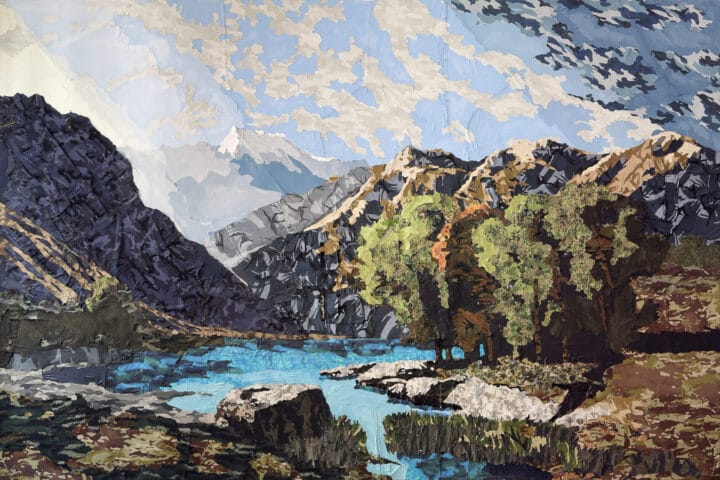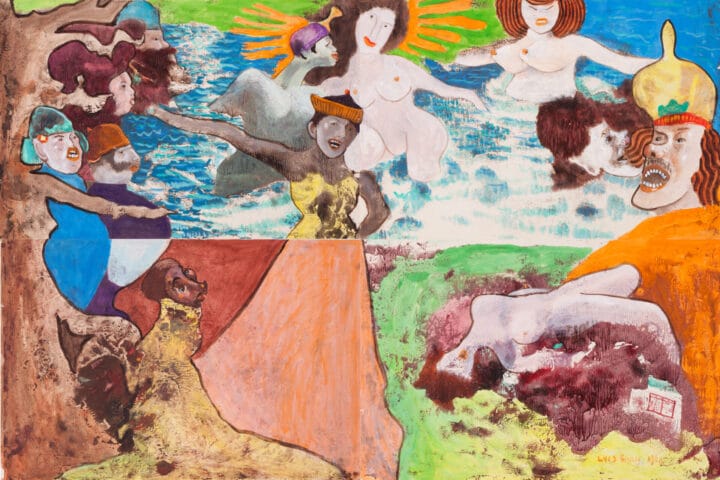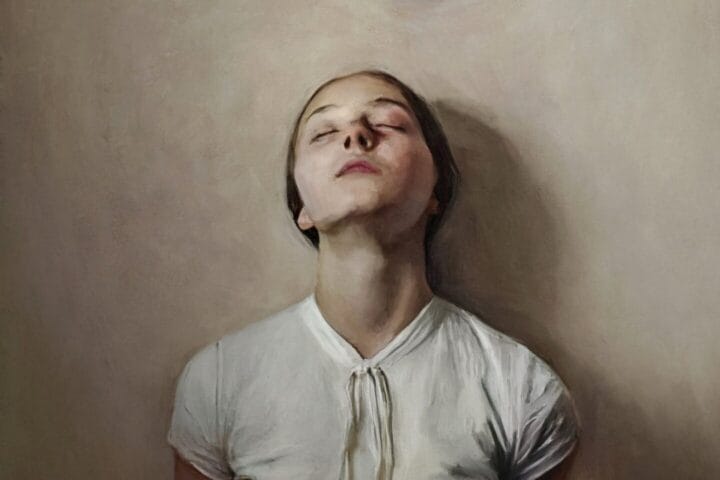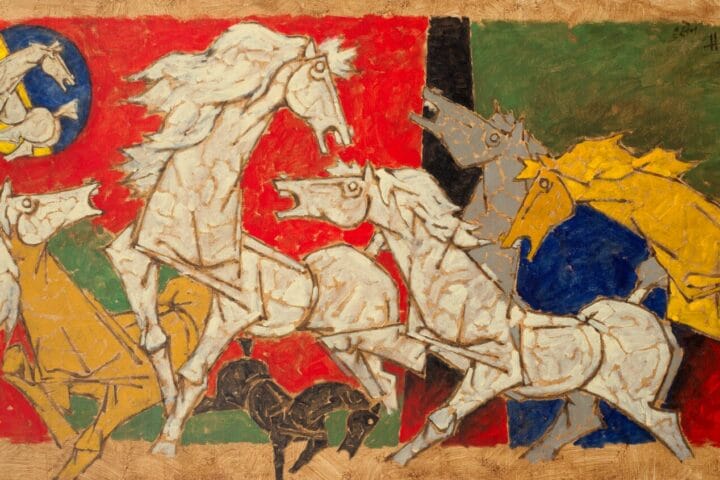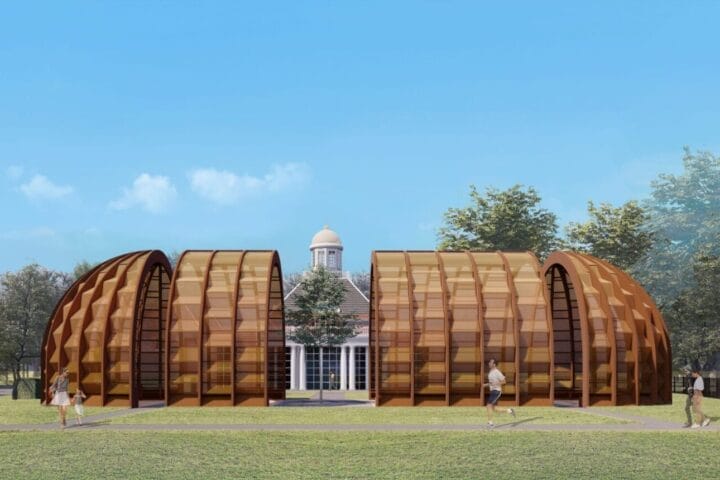New York – Pace is pleased to announce further details of its upcoming presentation of Picasso: 14 Sketchbooks at its 540 West 25th Street gallery in New York, marking the 50th anniversary of the artist’s death. On view from November 10 to December 22, this exhibition is organized in collaboration with the Fundación Almine y Bernard Ruiz- Picasso, Madrid (FABA). Picasso: 14 Sketchbooks will offer a unique and intimate view of the ways in which Picasso worked, tracing the evolution of his observations and ideas into plans for his compositions across painting and sculpture.
Pace has been extremely fortunate to have worked with the Picasso family mounting extraordinary exhibitions over the last 40 years. This collaboration with FABA will mark Pace’s thirtieth show featuring Picasso’s work and its eighth major solo presentation dedicated to the artist. As part of the gallery’s presentation, Pace Publishing will produce a new book focused on the sketchbooks in the upcoming exhibition, which will be available to purchase on- site and online upon the show’s opening in November.
The sketchbooks featured in the upcoming show at Pace in New York—which will be displayed chronologically—date between 1900 and 1959, spanning almost every period of Picasso’s career. These artworks will be contextualized by a rich body of research about the events of Picasso’s life, assembled by curatorial advisors and Picasso experts Marilyn McCully and Michael Raeburn. Additionally, monitors installed atop the tables in the gallery space will show images of all the pages from the sketchbooks in the exhibition, with each monitor running on its own loop to allow visitors to experience every sketchbook from cover to cover. A film about the making of the artist’s War and Peace murals in the French city of Vallauris will also be presented in the exhibition alongside his drawings for the project.
Offering a window into Picasso’s imagination and creative process, each of the sketchbooks in the show is connected to well-known bodies of work by the artist, from his youthful experimentations in Spain and France around 1900 through the revolutionary developments of his time in Paris and his final years in the South of France. These sketchbooks—exhibited alongside related ceramics, paintings, photographs, and archival materials—shed light on Picasso’s approach for many of his major works, including his iconic painting Les Demoiselles d’Avignon (1907), part of the collection of the Museum of Modern Art in New York; Dora Maar in an Armchair (1939), part of the collection of the Metropolitan Museum of Art in New York; and his large-scale War and Peace murals, completed in 1952.
Sketchbooks in the exhibition also feature pages of poetry by the artist, who often wrote in a lyrical, stream of consciousness style in both Spanish and French.
Picasso: 14 Sketchbooks will open nearly 40 years after Pace’s presentation of Je Suis le Cahier: The Sketchbooks of Picasso, a landmark exhibition organized by Arne and Marc Glimcher at the gallery’s East 57th Street space in 1986. Je Suis le Cahier, the first exhibition to introduce Picasso’s sketchbooks to the world, traveled to numerous art institutions internationally following its run at Pace, including the Royal Academy of Arts in London, Los Angeles County Museum of Art, the Art Institute of Chicago, the Musée des Arts Décoratifs in Paris, the Schirn Kunsthalle Frankfurt, and the Kunsthaus Zurich. Pace and Atlantic Monthly Press published a catalogue—edited by Arne and Marc Glimcher—devoted to the exhibition, and this book remains a key resource on the artist.
Pablo Picasso was perhaps the most influential artist of the 20th century. Though Spanish, Picasso worked mainly in France, and his first mature phase in Paris was his Blue Period, followed by the Rose period. With Les Demoiselles d’Avignon, he pioneered the style of Cubism without which modern and contemporary art would be radically different. Another of his most enduring images, the iconic Guernica, immortalizes the brutality of the Spanish Civil War. With Analytic Cubism, Synthetic Cubism, Surrealism, and the incorporation of “primitive” imagery, Picasso and his contemporaries Georges Braque and Marcel Duchamp challenged the trajectory of the arts and rebuilt the context in which future generations of artists practiced.

